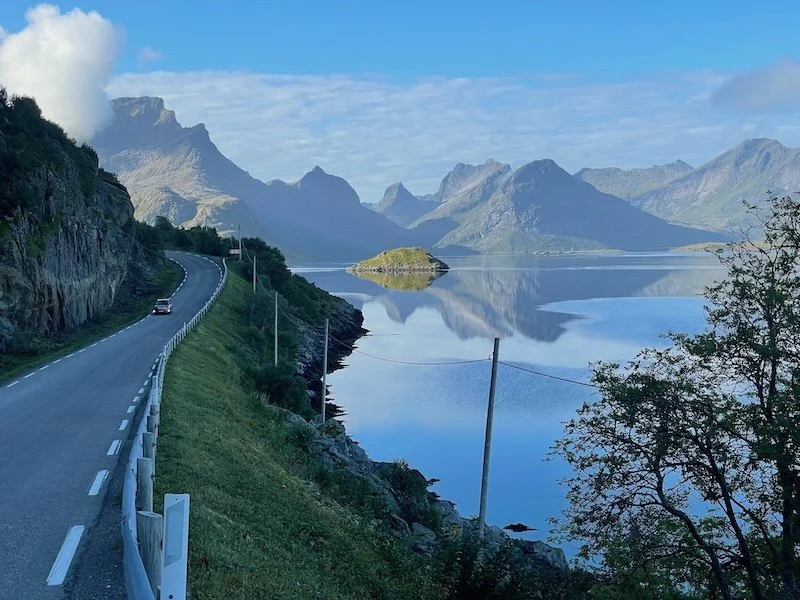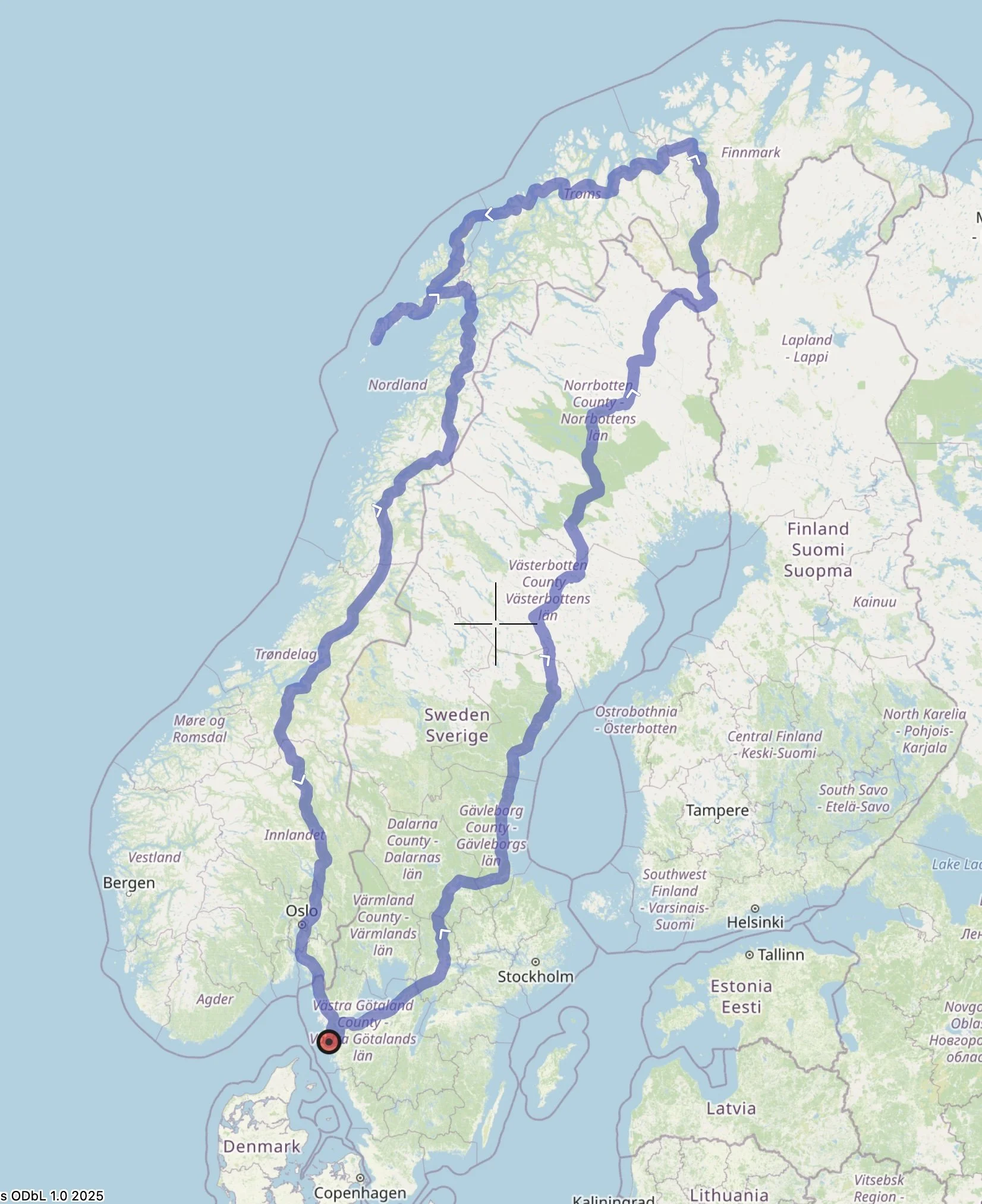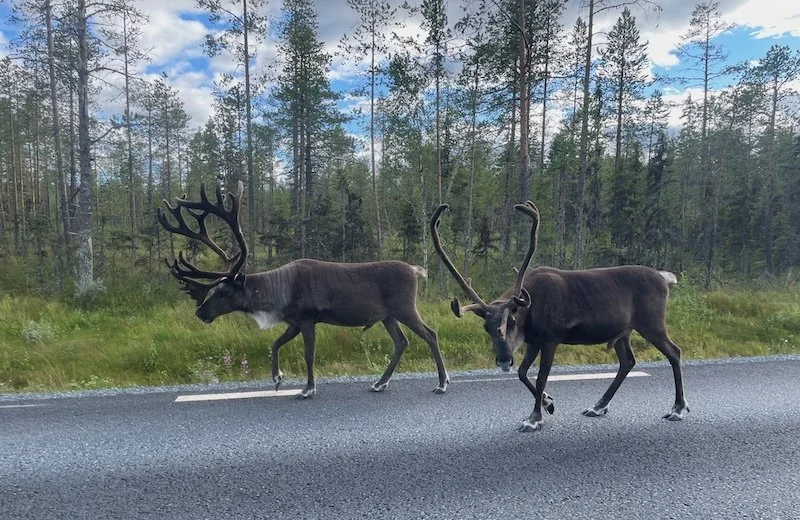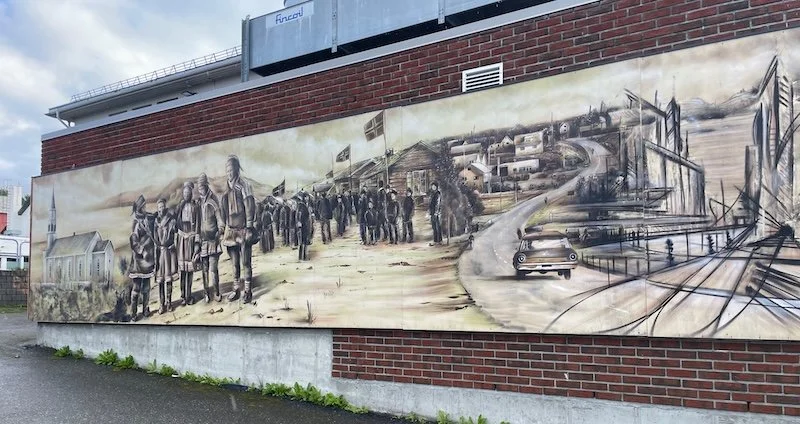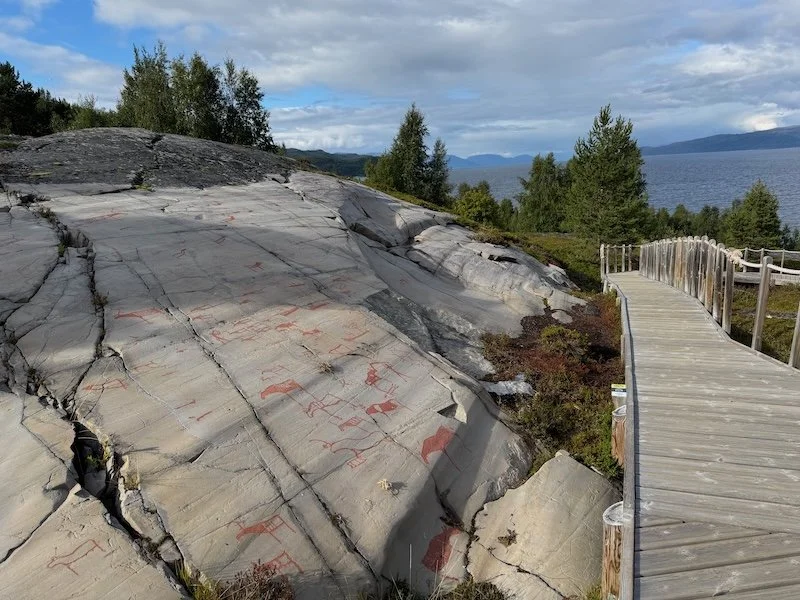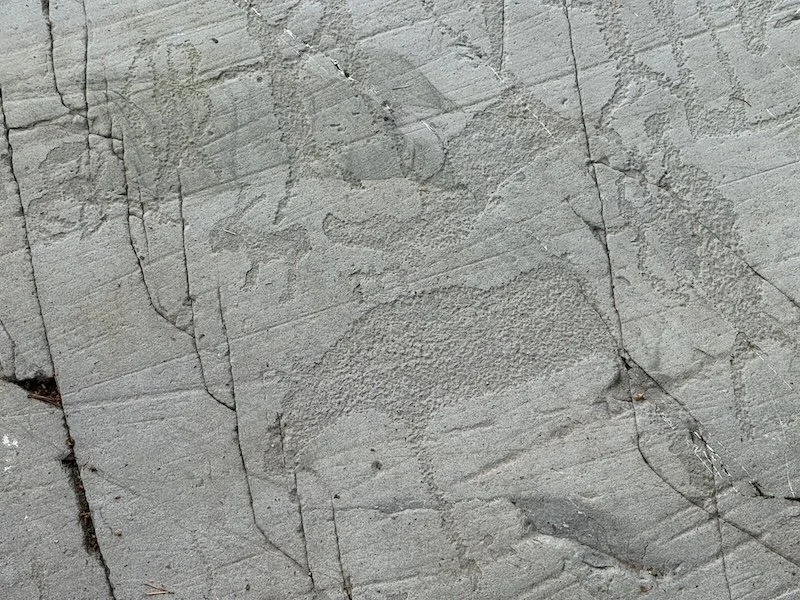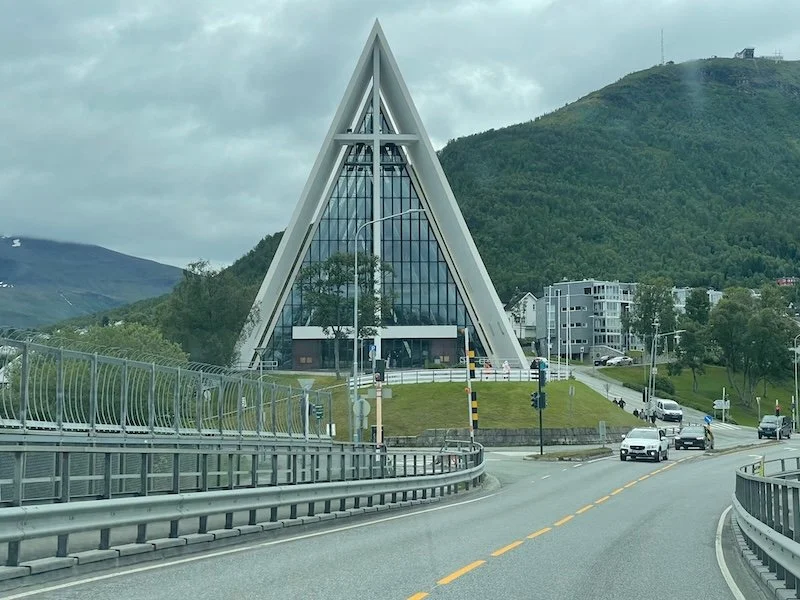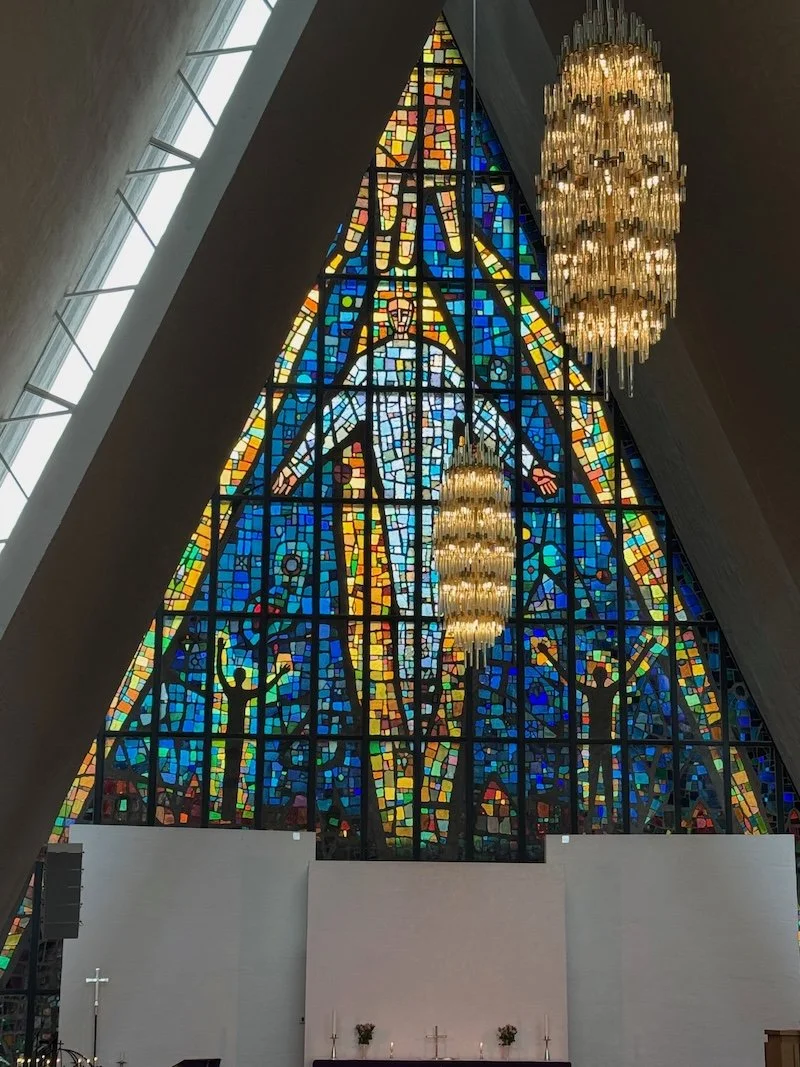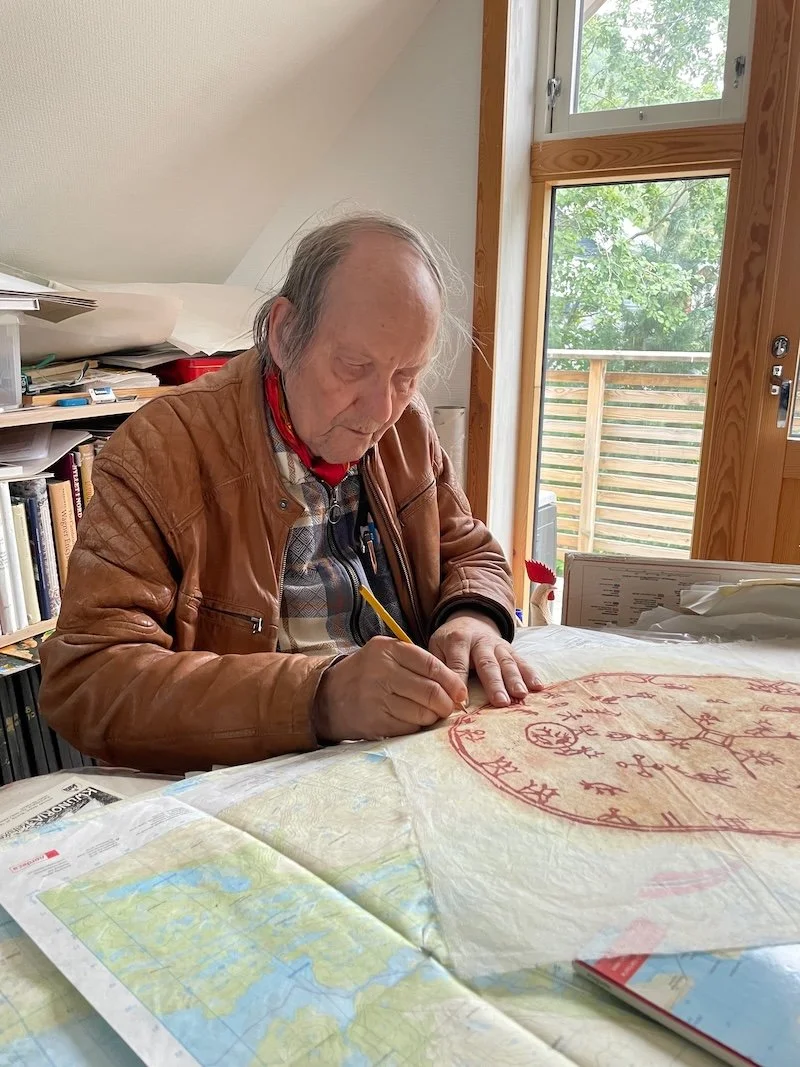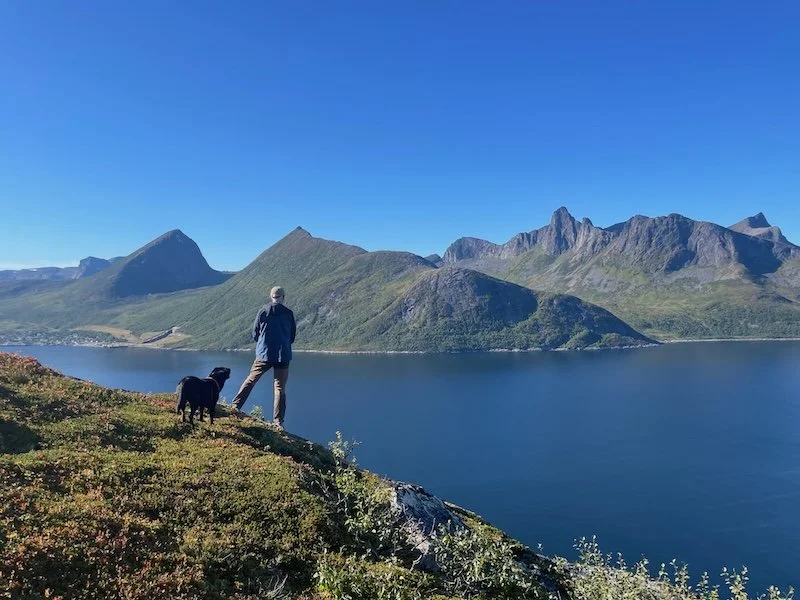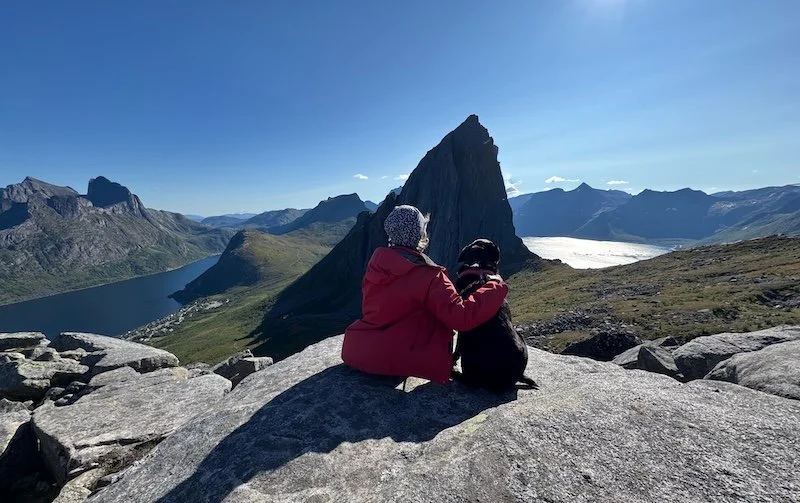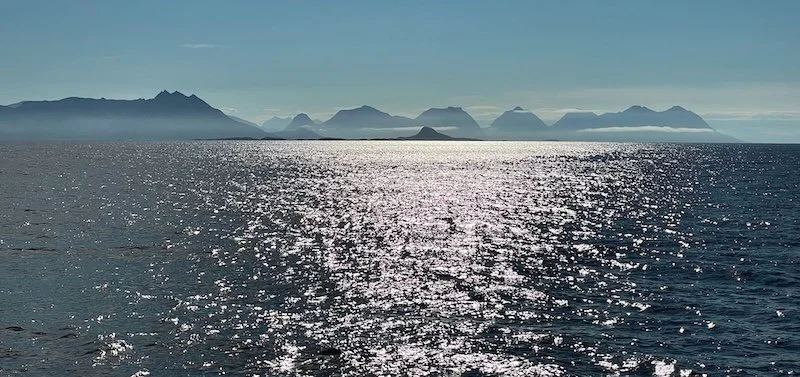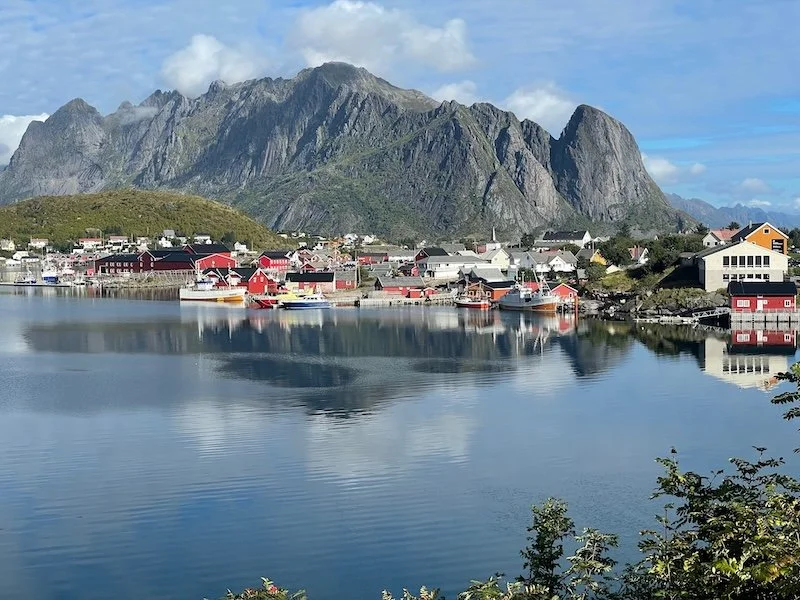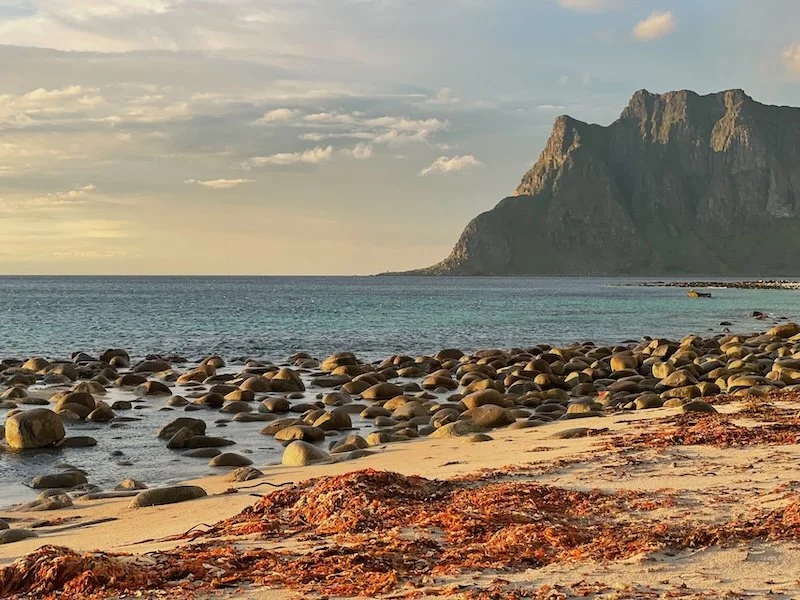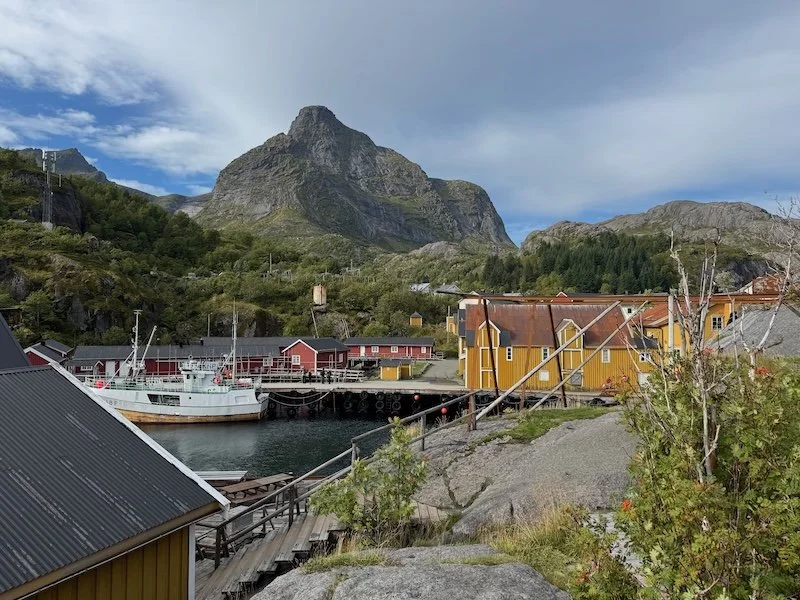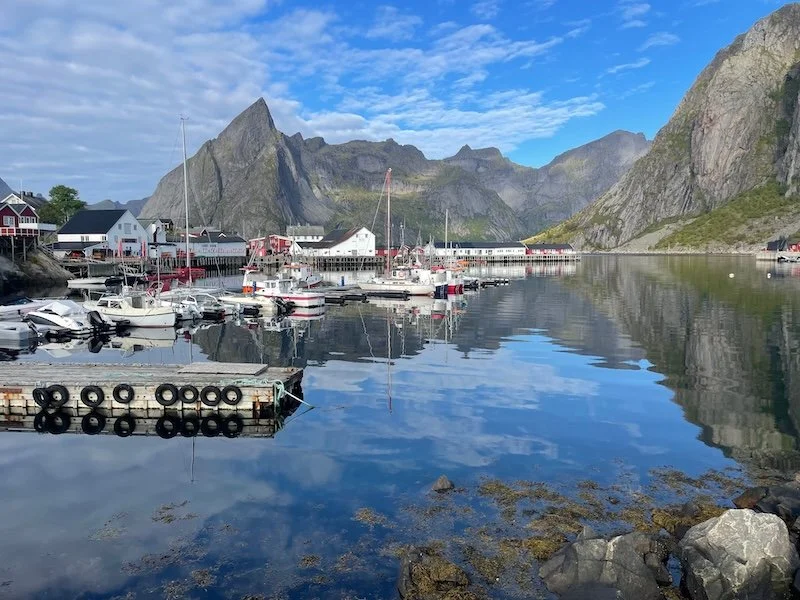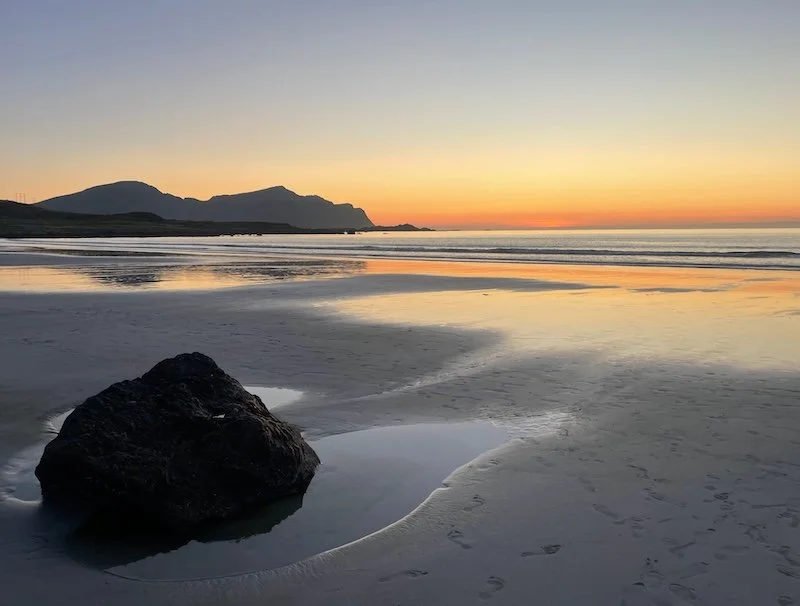Every Stranger a Teacher
“The world is a book,” wrote St Augustine, “and those who do not travel read only one page.” Mark Twain said: “Travel is fatal to prejudice, bigotry, and narrow-mindedness.”
Twain is stating a half truth, of course, since there are billions of people who cannot afford to travel – yet embrace an open and appreciative attitude towards others. And there are millions who travel a lot but seem to be locked into an us-and-them echo chamber.
Still, travel when undertaken with curiosity, listening ears and seeing eyes, does deepen our understanding of one another and of the miracle that this world exists at all – and with such beauty.
I’ve been fortunate to visit around 60 countries. In most cases I did not go as a tourist, but in order to meet and work with local people. You might say that tourists collect selfies while travellers collect stories and friends.
A recent journey which my wife and I made, however, was aimed not only at meeting friends, but also at enjoying some of the best nature one could ever experience.
Elisabeth is Swedish and lived 30 years in my country UK, before we moved 14 years ago to Sweden. For years we have wanted to explore the far north of the Nordic land mass, and at last this dream came true.
For 31 days in August and September we pulled our tiny caravan behind our electric car, covering 5,234 kms (3,252 miles). We spent three weeks north of the Arctic Circle, traversed mountains and plains, and hugged breathtaking coastlines.
The distances here in the north are large. If you rotate Sweden on its southern axis, its most northerly point touches Naples in Italy. And the north of Sweden is still well short of the North Cape.
THE ORIGINAL PEOPLE
The north of Sweden is special for both of us, and especially for my wife. Through unexpected friendships with Sámi people dating back over 50 years, she has made multiple visits to the region which is home to these indigenous people.
Collectively known as Sápmi, they inhabit the northern parts of Norway, Sweden, Finland, and the Kola Peninsula in Russia. Their history dates back over 10,000 years, with evidence of their presence in the region since the end of the last Ice Age. Traditionally, the Sámi were nomadic, relying on hunting, fishing, and reindeer herding for sustenance.
Swedish settlers, primarily arriving during the 17th–19th centuries, profoundly impacted the Sámi. They introduced farming, mining, and timber industries, encroaching on traditional Sámi lands and disrupting reindeer herding routes. They often brought new legal and economic systems, which marginalized Sámi land rights. Cultural assimilation pressures increased, with the promotion of Swedish language and customs over Sámi traditions. While some interactions were cooperative, the overall effect was the erosion of Sámi autonomy, traditional livelihoods, and cultural cohesion, contributing to centuries of social and economic tension.
The good friends we visited in Arvidsjaur and Jokkmokk (towns on either side of the Arctic Circle) explained the ongoing impact on Sámi of government policies. Hydroelectric development in northern Sweden began in the early 20th century, harnessing the big rivers that surge from the Norwegian mountains in the west to the Baltic coast. Large dams and reservoirs – around 80% of which are situated on Sámi land – transformed landscapes, displacing Sámi communities and disrupting reindeer herding.
One of the hundreds of villages which disappeared beneath the waters, Njuoravuolle, is being documented by researchers right now: “sacrificed their home so that Sweden could have electricity”.
Another major disrupter has been mining. 80-90% of the iron ore produced in the European Union is sourced from the large mines of northern Sweden, particularly Kiruna. It was built on land used for reindeer pasturing, and has had to expand and even move to satisfy modern society’s insatiable demand for raw materials.
STEPS TOWARD JUSTICE
In 2021, the Swedish government established a Truth Commission for the Sámi People, following a petition from the Sámi Parliament. This independent body aims to investigate historical state policies affecting the Sámi. It is tasked with collecting testimonies, reviewing policies, and publishing a final report, which will include recommendations for redress and reconciliation.
Meanwhile, the Church of Sweden issued a formal apology to the Sámi people in November 2021 for its historical role in the mistreatment and oppression of Sámi communities. This apology was delivered by Archbishop Antje Jackelén during a special service at the Cathedral of Uppsala. In her address, she acknowledged the Church's complicity in the forced Christianization of the Sámi, the establishment of "nomad schools" that suppressed Sámi culture and language, and the collection of Sámi remains for racial-biological studies.
The Church further committed to a ten-year reconciliation process, outlining eight specific actions, including promoting Sámi ecclesiastical life, integrating Sámi languages and spiritual practices into worship, and supporting Sámi children's education.
While the initial apology in 2021 was met with skepticism by some Sámi representatives, the subsequent actions and commitments have been steps toward rebuilding trust and addressing the historical injustices faced by the Sámi people.
One such person is Åsa Simma, artistic director of Giron Sámi Teáhter in Kiruna, another old friend of my wife. She was present at the Archbishop’s apology in Uppsala. "There is a genetic memory of suspicion among us Sámi,’ she says, “so I didn't have high expectations, but I was so incredibly affected that I just cried and cried.”
Åsa has written a play, Sii bivde ándagassii – Ursäkten (‘The Apology’), as an artistic exploration of reconciliation through Sami stories, joik, music and art. It premiered last week in Uppsala Cathedral, and is now touring other cathedrals around Sweden.
Preparing this work has involved many long conversations with Archbishop Antje Jackelén. "Our conversations have given me courage and security, but also a deeper understanding of what reconciliation and forgiveness mean. Reconciliation is not hocus pocus, but a long process. So how do you reconcile? What happens if you can't forgive and reconcile? You can't just go out and say sorry and then feel free. We have to talk about this. Over and over again. You can't forgive until you understand.”
“I don't feel that this process has created a lot of anger in me,” Åsa says in an interview in Kyrkanstidning. On the contrary, it has been more of a relief to be able to deal with this material. But what should we do in the future? Will we forever be a bunch of sour Sami people who complain about everything? Or will our voice be heard in the big decisions that affect what is ours, namely the land?”
INTO NORWAY
We crossed the northern Swedish border, briefly into Finland, and then into Norway. The small town of Kautokeino gained notoriety during the 1852 Kautokeino Rebellion, a Sámi uprising against Norwegian authorities over taxation and cultural suppression. Further north we found a mural behind a shopping centre depicting the "Alta Uprising" of 1978.
This was a pivotal protest against the planned construction of a hydroelectric dam on the Alta-Kautokeino River. Sámi activists, supported by environmentalists, staged hunger strikes, marches, and civil disobedience, drawing national and international attention. Despite mass arrests, the movement forced Norway to confront its treatment of the Sámi. Although the dam was eventually built, the Alta uprising sparked lasting changes, strengthening Sámi rights, identity, and political recognition. In 2024, the Norwegian parliament issued an unreserved apology to the Sámi, Kvens, and Forest Finns for these and other historical injustices. This apology was accompanied by initiatives to promote language revitalization and cultural preservation.
Alta is famous for its prehistoric rock carvings, which are included in UNESCO's World Heritage list. Varying in age between two and seven thousand years old, they were only discovered in 1971 by children playing. 6,000 rock carvings and paintings have been discovered, with more being found every year.
It was a stirring experience to connect with the people who lived so long ago in this beautiful but physically challenging part of the world.
NORTHERN IMAGERY
Tromsø’s Arctic Cathedral was completed in 1965 and is renowned for its bold triangular shape, which evokes Arctic peaks, glaciers, and the northern landscape. Its façade is dominated by huge glass panels, including a spectacular stained-glass window added in 1972, depicting Christ and symbolic northern imagery.
This stained-glass window, among the largest in Europe (covering about 140 square meters), is particularly meaningful for us because the artist who made it, Victor Sparre, was a friend of ours back in the 1970s.
The highlight of our visit to Tromsø was the hours spent with Hans Ragnar Mathisen, now aged 80. We first got to know him in 1977 and it was wonderful to reconnect with an extraordinary and gifted man, with an incredible life story. Known by his Sámi name Elle-Hánsa and also as Keviselie, he is a renowned artist and activist. Over a career spanning more than five decades, he has become a pivotal figure in contemporary Sámi art. His work encompasses a wide array of mediums, including paintings, woodblock prints, aquarelles, lithographs, jewelry, posters, and poetry. Notably, his maps have gained significant recognition throughout Sápmi. This portrait written in 2022 is worth reading.
BREATHTAKING VIEWS
After Tromsø we immersed ourselves in the iconic beauty of Senja and the Lofoten Islands.
Our “Great North Trip” was indeed the experience of a lifetime. As the autumn days darken, we feast on the light we experienced, literally and figuratively. And we take courage from the brave, adventurous and creative people we met along the way.
There is a saying: “To travel is to let curiosity turn the unfamiliar into understanding.” And another: “Curiosity turns every stranger into a teacher.”
Let’s cultivate that art, whether we travel or not.
* [All photographs by Elisabeth and Edward Peters]
* Note: a daily account of the trip may be found here.

